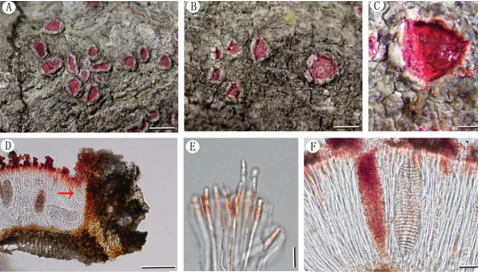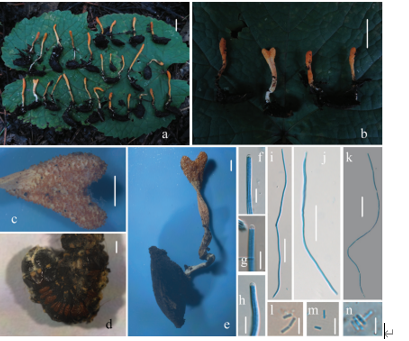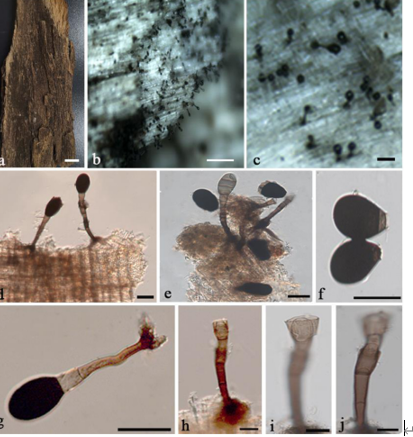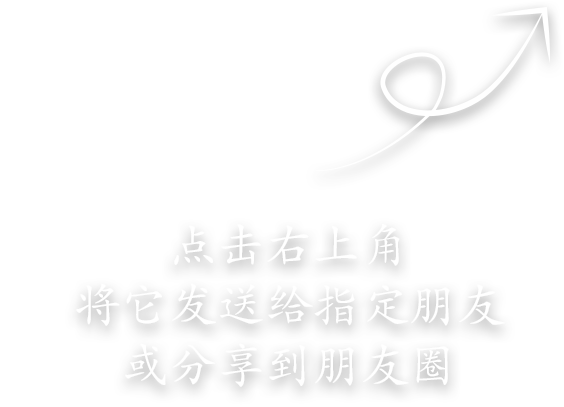Amphichorda cavernicola Z.F. Zhang & L. Cai, sp. nov. 2020
Index Fungorum number: 556419; Facesoffungi number: FoF 08438
Holotype: CHINA, Sichuan, Xingwen, Feng Cave, N28.186°, E105.148°, on bird faeces, May 2016, Z.F. Zhang, HMAS 248011 (holotype designated here), ex-type living culture CGMCC3.19571 = LC12448; ibid., LC12554; ibid., LC12577; Chongqing, Wulong, Sanwang Cave, N29.591°, E108.001°, on soil, May 2016, Z.F. Zhang, LC12481; Guangxi, Guilin, E’gu Cave, N24.942°, E110.511°, on plant debris, May 2016, Z.F. Zhang, LC12674; Sichuan, Xinwen, Yuguan Cave, N28.179°, E105.143°, on soil, May 2016, Z.F. Zhang, LC12485; Sichuan, Xinwen, Tianliang Cave, N28.19°, E105.139°, on animal faeces, May 2016, Z.F. Zhang, LC12553; Sichuan, Huaying, Liujia Cave, N30.41°, E106.878°, on bat guano, May 2016, Z.F. Zhang, LC12638; ibid., LC12593; Sichuan, Huaying, Bijia Cave, N 30.43°, E 106.898°, on animal faeces, May 2016, Z.F. Zhang, LC12560.
Morphological description
Hyphae hyaline, septate, smooth-walled, 1.5–2.5 µm diam. Asexual morph Synnemata arising in the center part of colonies on OA or PDA with peptone, cylindrical with apical apex, tomentose, white. Conidiophores arising laterally from hyphae, cylindrical, straight or slightly curved, occasionally branched, hyaline. Conidiogenous cells bone on conidiophores or mycelia, fusiform or ellipsoidal, straight or irregularly bent, 4.5–8.0 × 2.0–3.0 µm. Conidia holoblastic, solitary or clumped, unicellular, broadly ellipsoidal to subglobose, smooth, hyaline, 2.5–4.0 × 2.0–3.5 µm ( x̄ ± SD = 3.4 ± 0.36 × 2.8 ± 0.24 µm, n = 60). Chlamydospores and Sexual morph not observed. Culture characteristics—Colonies on PDA attaining 9–15 mm diam. after 14 days, irregular, compact, extremely plicated and crack, cream-yellow (4A1) to seashell (30A2) in fruiting zone and tan (5A2) in aging zone, aerial mycelia sparse. Reserve compact and crack, cream-yellow (1A2) to brown from fruiting zone and tan (4E8) in aging zone. Colony on OA attaining 18–22 mm diam. after 14 days, dense, compact and plicated, margin radially striate with lobate edge, white to milk-white, with synnemata in center. Reserve pale yellow (4A2) with yellow-brown (4B8) margin. Colonies on SNA slowly growing, attaining 9–13 mm diam. after 14 days, margin entire, white, mycelia sparse, with white hyphae body. Reverse white. Sporulation within 10 days on OA and SNA.
Habitat: on bird faeces.
Distribution: Sichuan, Xingwen, Feng Cave, China.
GenBank Accession:
Notes: This new species is morphologically and phylogenetically allied to Amphichorda (Fig. 23). Amphichorda cavernicola differs from A. guana Z.F. Zhang, F. Liu & L. Cai in its smaller conidia (2.5–4.0 × 2.0–3.5 µm vs. 4.5–5.5 ×3.5–4.5 µm) and low sequence similarity (96.8% similarity, 16 base pairs (bp) difference in 504 bp of ITS; 99.2% similarity, 6 bp difference in 849 bp of LSU; 99% similarity, 7 bp difference in 884 bp of TEF; 97% similarity, 10 bp difference in 290 bp of TUB); from A. felina (DC.) Fr. in its fusiform or ellipsoidal conidiogenous cells, which are flask shaped in A. felina, and the colonies on PDA medium are also obviously different.
Reference: Zhi‑Feng Zhang ,Shi‑Yue Zhou ,Lily Eurwilaichitret al.
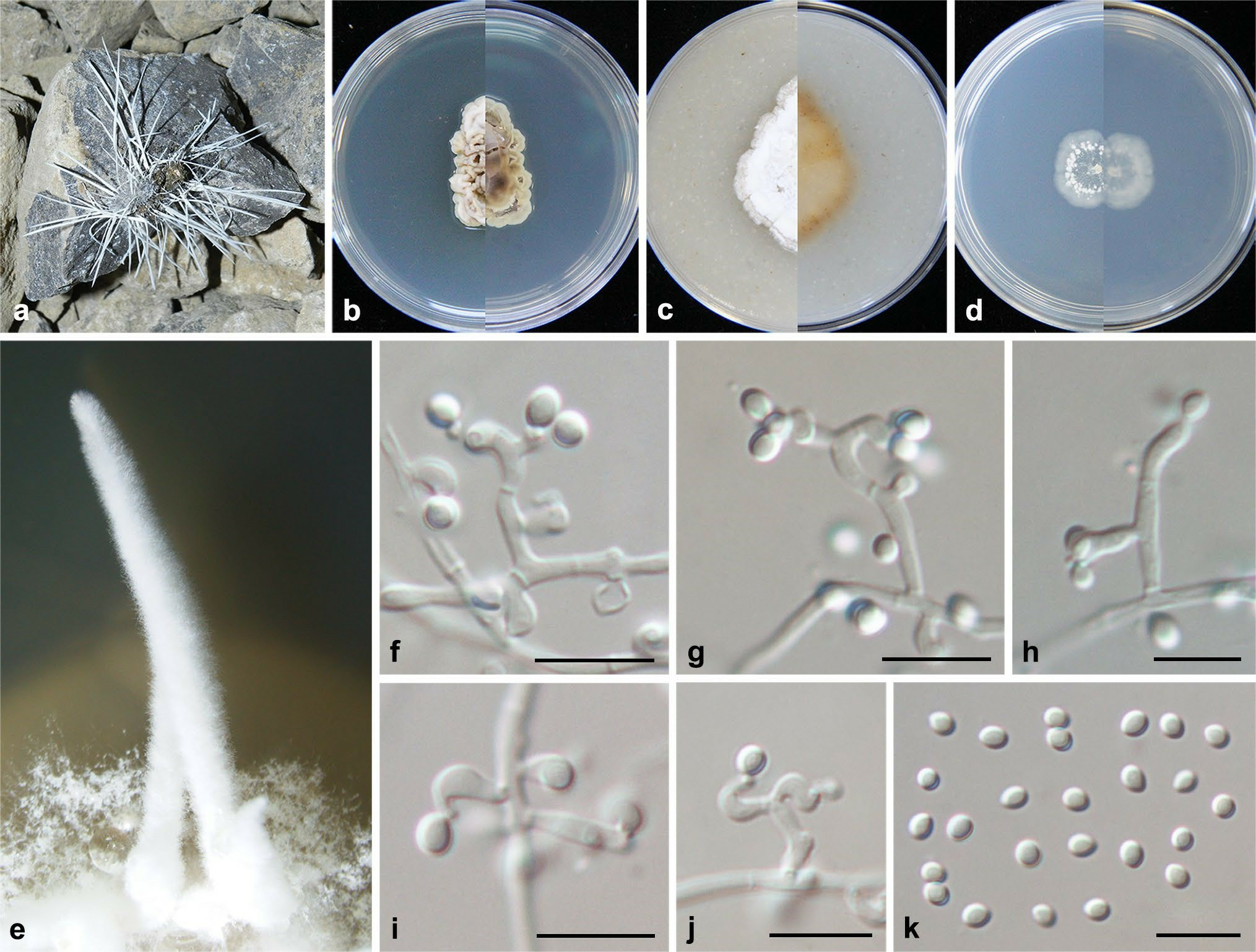
Amphichorda cavernicola (from ex-holotype CGMCC3.19571). a A. cavernicola on bird faeces; b–d upper and reverse views of cultures on PDA, OA and SNA 14 days after inoc- ulation; e synnemata; f–j conidiophores, conidiogenous cells and conidia; k conidia. Scale bars: f–k 10 µm


